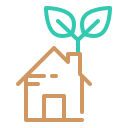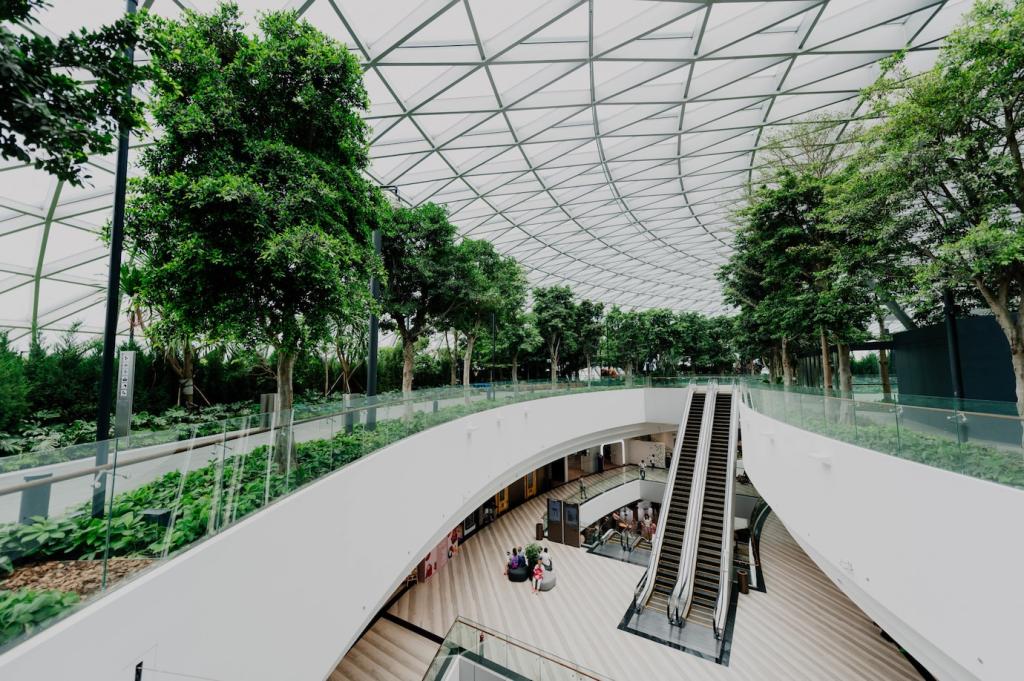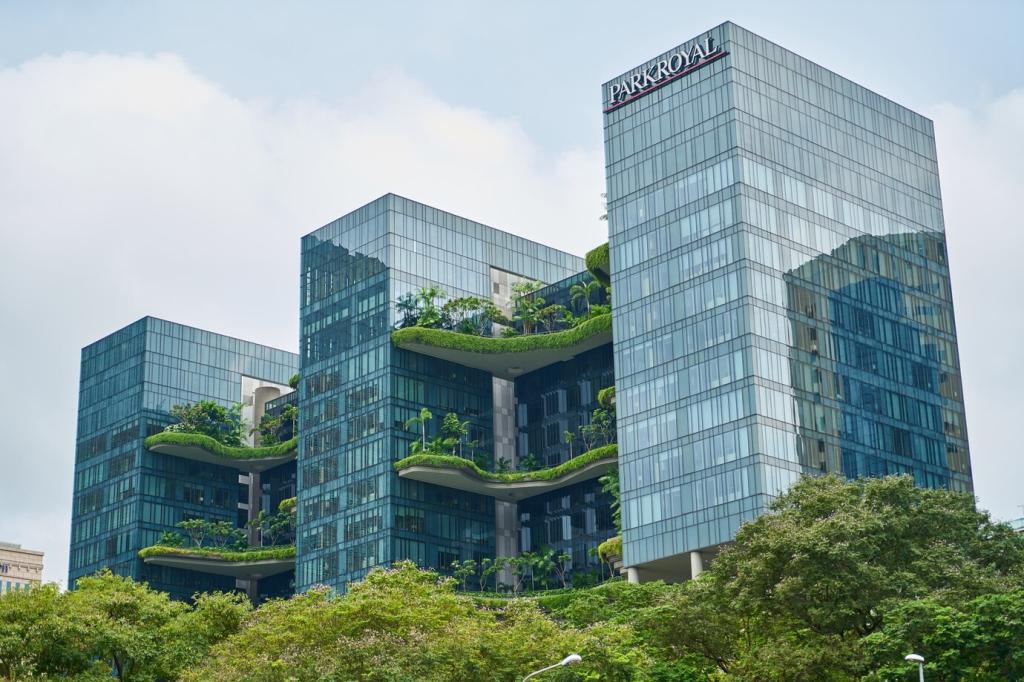Why Recycled Resources Matter Now
Operational energy has improved dramatically, but the carbon locked into materials often arrives on day one. Designing with recycled resources reduces that embodied burden while extending material lifespans through elegant, repeatable cycles of responsible use.
Why Recycled Resources Matter Now
Instead of treating demolition debris as an afterthought, we treat it as inventory. Reclaimed brick, timber, glass, and steel become parameters that inspire form, detail, and structure, aligning creativity with measurable environmental performance.






